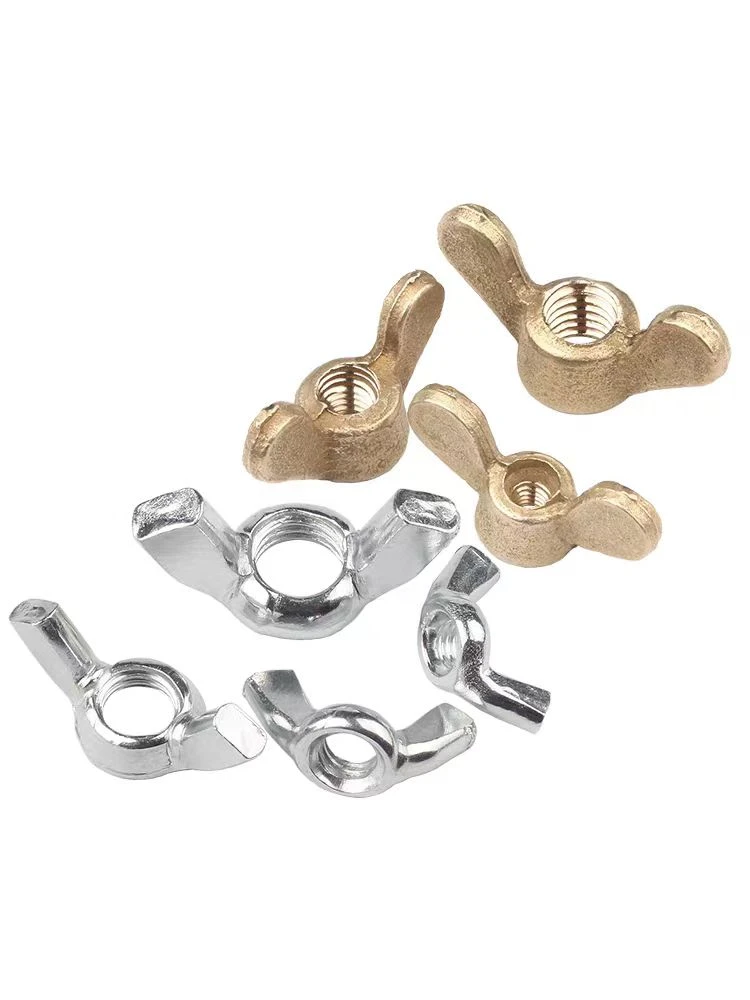

M5 Stainless Steel Penny Washers for Versatile Fastening Solutions and Hardware Projects
Dec . 01, 2024 21:42 Back to list
M5 Stainless Steel Penny Washers for Versatile Fastening Solutions and Hardware Projects
The Importance of M5 Stainless Steel Penny Washers in Modern Applications
When it comes to fasteners, many components are integral to ensuring the durability and reliability of various assemblies. Among these components, M5 stainless steel penny washers play a significant role in both mechanical and construction applications. Despite their simplicity, they offer a range of benefits that make them a crucial part of many projects.
Understanding Penny Washers
Penny washers, characterized by their large outer diameter and smaller inner diameter, are designed to distribute the load of a fastener over a larger surface area. This is particularly important for preventing the fasteners from pulling through softer materials. The M5 designation refers to the metric size of the washer, which accommodates an M5 bolt or screw. M5 threads typically have a diameter of 5 millimeters, making these washers suitable for various applications.
Advantages of Stainless Steel
One of the standout features of M5 penny washers is their construction material stainless steel. Stainless steel is renowned for its corrosion resistance, strength, and longevity, making it an ideal choice for both indoor and outdoor applications. Whether used in construction, automotive, or manufacturing environments, stainless steel penny washers can withstand harsh conditions without degrading. This durability is crucial, especially in projects exposed to elements such as moisture, which can accelerate rust and deterioration in other materials.
Load Distribution and Stability
The primary purpose of a penny washer is to distribute the load of the bolt or screw more evenly across the surface. This is especially important when fastening into softer materials such as wood, plastic, or thin sheets of metal. By using an M5 stainless steel penny washer, the risk of damaging the substrate material is significantly reduced. In applications where strength and reliability are paramount, these washers provide the necessary stability to ensure that joints remain secure over time.
m5 stainless steel penny washers

Versatile Applications
M5 stainless steel penny washers are versatile and find applications in a variety of fields. In the construction industry, they are often used for securing fixtures, brackets, and other assemblies where enhanced stability is required. In automotive manufacturing, these washers can be essential for ensuring that components remain properly aligned under the stress of operation. Additionally, they are common in machinery design, where they contribute to the overall rigidity and integrity of mechanical systems.
Ease of Installation
Another advantage of M5 stainless steel penny washers is their ease of installation. They can be quickly placed over the bolt or screw before fastening, making them a practical choice for both large-scale industrial applications and small DIY projects. Their lightweight yet strong design does not hinder the overall assembly process, allowing for efficient workflow without compromising on quality.
Environmental Considerations
As environmental sustainability becomes increasingly important in manufacturing and construction, the use of stainless steel components like M5 penny washers is advantageous. Stainless steel is recyclable, which means that end-of-life materials can be processed and repurposed, reducing waste. Utilizing such materials aligns with modern practices aimed at minimizing environmental footprints.
Conclusion
In conclusion, M5 stainless steel penny washers are a small but mighty component that enhances the performance of mechanical assemblies across various industries. Their strength, corrosion resistance, and load-distributing capabilities make them essential for ensuring the longevity and reliability of fastened joints. Whether in construction, automotive applications, or machinery design, these washers provide an invaluable function that supports the integrity of constructions and assemblies. As we continue to evolve in terms of building practices and sustainability, the importance of high-quality components like M5 stainless steel penny washers remains clear. By recognizing and utilizing such essential hardware, we can build stronger and more reliable structures that stand the test of time.
Latest news
-
High-Strength Hot-Dip Galvanized Bolts-Hebei Longze|Corrosion Resistance&High Strength
NewsJul.30,2025
-
Hot Dip Galvanized Bolts-Hebei Longze|Corrosion Resistance&High Strength
NewsJul.30,2025
-
Hot Dip Galvanized Bolts - Hebei Longze | Corrosion Resistance, High Strength
NewsJul.30,2025
-
High-Strength Hot Dip Galvanized Bolts-Hebei Longze|Corrosion Resistance, Grade 8.8
NewsJul.30,2025
-
Hot Dip Galvanized Bolts-Hebei Longze|Corrosion Resistance,High Strength
NewsJul.29,2025
-
High-Strength Hot Dip Galvanized Bolts - Hebei Longze Metal Products Manufacturing Co., Ltd.|corrosion resistance&high strength
NewsJul.29,2025

